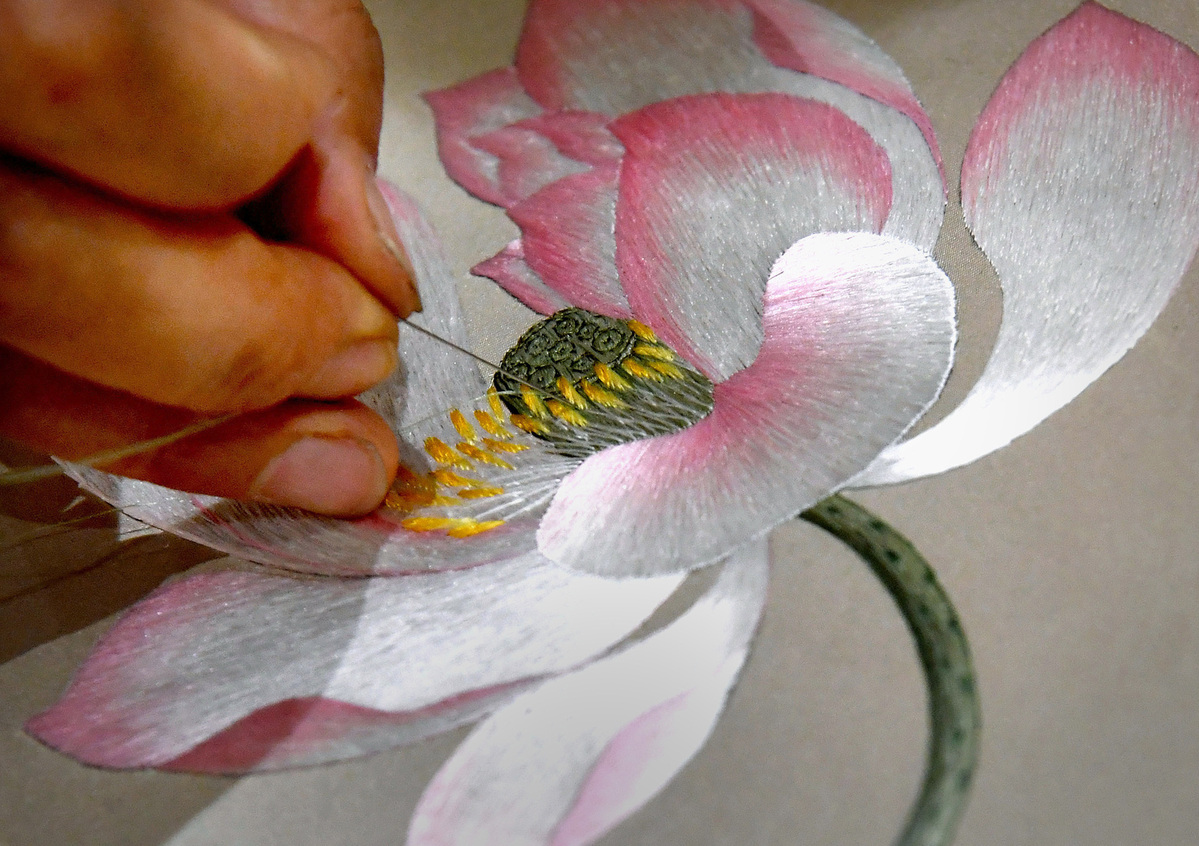
10 Quintessence of Chinese Culture
China has more than five thousand years history and an extremely impressive culture. “The Quintessence of Chinese Culture” examines 10 of the most representative cultural arts in China, including Beijing Opera, traditional martial arts, tea culture, and more. Below we will give you a brief overview of the Chinese culture.
Chinese Calligraphy
Chinese Calligraphy is the writing of Chinese characters as an art form, combining purely visual art and interpretation of the literary meaning. The ink brush, ink, paper, and inkstone are the essential elements of Chinese calligraphy. They are known together as the Four Treasures of the Study. In addition to these four tools, a water-dropper, desk pads and paperweights are also used by calligraphers. You can experience in school or on your Hutong tour in Beijing.

Martial arts
The martial arts have been a part of China for a long time and arguably the most popular and successful cultural exports. It incorporates philosophical concepts that are intimately connected with Chinese religion and philosophy, especially Taoism. There are hundreds of different styles, but the most influential styles are Shaolin Kung Fu, Wing Chun, Bajiquan, Tai Chi and Baguazhang. You can admire Kung Fu in the Shaolin temple or learn Tai Chi on the Yangtze river cruise.

Peking Opera
You can find many nice operas in China, but Peking Opera is the most classical one among others. It is a performance art incorporating singing, reciting, acting and martial arts. Costumes are flamboyant and the exaggerated facial make-up uses concise symbols, colours and patterns to portray characters’ personalities and social identities. Remember to add the show to your Beijing tour!

Traditional Chinese Medicine
We understand our body in various ways, if you go to Traditional Chinese Medicine they might use herbal medicine, acupuncture, massage (tui na), exercise (qigong), and dietary therapy to help you. Its basic concept is that a vital force of life, called Qi, surges through the body. These are called yin and yang that is the balance between health and disease. Treatment seeks to restore this balance through treatment specific to the individual.

Hanfu
What we wear is more than just material sewn together, our clothes are a signifier of our identity and culture. When people talk about Hanfu, they usually mean a long flowing robe with loose sleeves and a belt at the waist. However, Hanfu is a diverse term including different styles of clothing from different dynasties.

Tea Ceremony
Chinese tea lays more emphasis on its original pure aroma and is matched with traditional Chinese pasty and dried fruit. Chinese people believe drinking tea can calm your mind, help cultivate your sentiment and get rid of distracting thoughts. You can visit Longjing Tea Plantations in Hangzhou to learn more about the tea culture.

Chinese Porcelain
China is the hometown of porcelain, it helps promote economic and cultural exchange between China and the outside world. The blue and white porcelain is the most famous out of all these types. It is best known for the incredible vividness of the blue glaze, combined with the purity of the fine white porcelain. You can visit Jingdezhen in Jiangxi Province to gain more knowledge of Chinese Porcelain from there.

Go (Weiqi)
The game of Go originated in China in ancient times. It was considered one of the four essential arts of a cultured Chinese scholar in antiquity and is described as a worthy pastime for a gentleman. The most difficult concept of playing Go is to balance territory and influence during the game. Go thinking seems more reliant on a “feel” for the stones, a gestalt perception of the game.

Papercutting
As paper became more affordable, papercutting became one of the most important types of Chinese folk art. In the countryside, paper cuts are often stuck on windows and doors as auspicious and joyful decorations to mark festivals and happy occasions. Papercuts always symbolizes luck and happiness.

Embroidery
Embroidery is a process of embroidering various patterns on silk fabrics. This traditional art has a long history of two to three thousand years in China. It can be divided into silk thread embroidery and feather embroidery. It used to be a necessary skill for a lady in the ancient times. In the Qin and Han Dynasties, embroidery in China was already highly elaborated, and the opening of the Silk Road was a good example.

You can try the above quintessence of Chinese culture either in your daily life or on your trip. If you would like to add any of the cultural experiences, please feel free to chat with our travel consultant. BOOK NOW!
Leave a Reply:
You must be logged in to post a comment.



